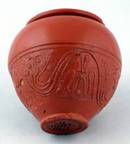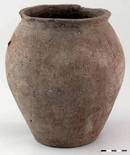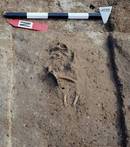SP07: Gontia as a melting pot? - The composition of the population during Günzburg's Roman military period, as reflected by its graves. A model for Raetia.
Principal investigators: Dr. C.S. Sommer, Prof. Dr. W. Czysz, Dr. G. McGlynn
 The Roman occupation was comprised mainly of military personnel. According to the accepted model, people occupying the sutler settlements surrounding the Roman forts arrive together with the first crew and follow the army when they move to a new site. No evidence for rapid emigration from the surrounding proximity exists. Therefore, all individuals buried at military sites – i.e. both soldiers and “Mother Courage and her children” should be non-locals. But where did the inhabitants of the civilian settlement established around a fort come from? Were these “camp followers” family members, tradesmen, and service providers who travelled with the soldiers, and did they come from far away or from the near vicinity?
The Roman occupation was comprised mainly of military personnel. According to the accepted model, people occupying the sutler settlements surrounding the Roman forts arrive together with the first crew and follow the army when they move to a new site. No evidence for rapid emigration from the surrounding proximity exists. Therefore, all individuals buried at military sites – i.e. both soldiers and “Mother Courage and her children” should be non-locals. But where did the inhabitants of the civilian settlement established around a fort come from? Were these “camp followers” family members, tradesmen, and service providers who travelled with the soldiers, and did they come from far away or from the near vicinity?
The recently investigated necropolis at Günzburg consists of more than 1800 burials, and was continuously in use from Flavian times until Late Antiquity. It therefore constitutes a unique platform for addressing these questions. This subproject concentrates on the burials which directly succeed the time frame focused on by subproject 6 and thus concerns the early phase of Günzburg’s occupancy. It comprises the early-middle Imperial period occupation and the two decades following troop withdrawal. Place of origin of the dead will be determined by comparing findings provided by traditional examination methods with their isotopic fingerprint.




